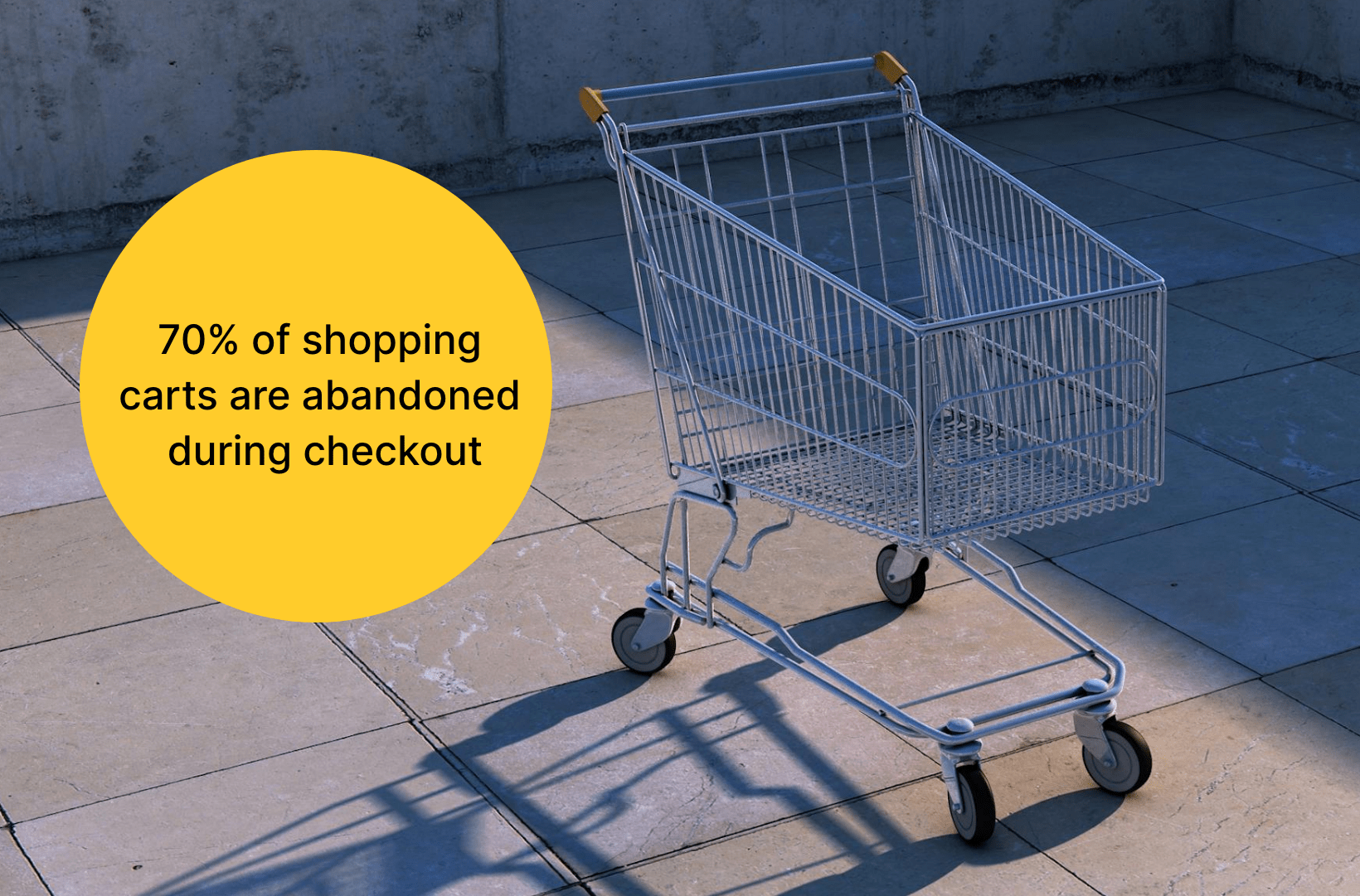Navigating M&A: Essential IT Due Diligence Guide and Checklist

When it comes to Mergers and Acquisitions (M&A), technical due diligence is important in the evaluation process.
It involves carefully assessing a company’s IT infrastructure, security measures, software systems, data management, and operational procedures. This thorough examination serves two important purposes: identifying potential risks and liabilities and highlighting opportunities for improvement and streamlining after the merger.
Technical due diligence means you can move forward with clarity and confidence. By dissecting the layers of a company’s technology stack, decision-makers gain invaluable insights into its strengths, weaknesses, and compatibility with its own infrastructure.
A thorough tech assessment is indispensable when it comes to M&A. It offers a roadmap for informed decision-making, allows stakeholders to assess risks accurately, identify potential synergies, and chart a course for integration post-acquisition.
Various stakeholders are involved in this process. Externally, third-party IT consultants or specialized M&A consultancies often take the lead, using their expertise to conduct independent audits. Internally, the IT department or Chief Technology Officer (CTO) assumes an important role, providing invaluable insights into the organization’s tech.
Our checklist will help guide you through the different assessments and ensure a thorough examination of all important criteria before starting the M&A journey.
The complete technical due diligence checklist
Business strategy and roadmap
To navigate an M&A deal, take a look at the target company’s strategy and roadmap to set the tone for technical due diligence.
One of the primary objectives of scrutinizing the target company’s business strategy, model, and future plans is to assess how well the IT strategy aligns with your broader organizational goals. Proper alignment ensures that technology investments and initiatives will support and enhance core business objectives. A disconnect between these strategies can sow the seeds of operational inefficiencies and impede the integration of IT systems post-merger.
An incongruity between the target company’s business strategy and IT roadmap can highlight any issues in the M&A process. These misalignments might manifest as disparate technology stacks, incompatible infrastructure, or conflicting software platforms. Such discrepancies jeopardize the smooth integration of IT systems and pose significant risks to the overall success of the merger or acquisition.
| ✔ | Review the target company’s business strategy and roadmap. |
| ✔ | Evaluate alignment with IT strategy. |
| ✔ | Identify risks associated with misaligned strategies. |
Organizational structure and management
Assessing the IT department’s structure and the organization’s adoption of digital culture is important – a well-defined organizational structure promotes clear communication, collaboration, and innovation. A misconfigured structure, on the other hand, can lead to communication silos, hindering coordination and knowledge sharing.
Effective management practices ensure accountability, transparency, and clear direction in IT initiatives. Flawed practices like micromanagement or lack of planning can impede progress and lead to project delays or security breaches.
Thorough evaluation of organizational structure and management practices during IT due diligence helps identify red flags early, such as unclear reporting lines or resistance to change. Addressing these issues proactively mitigates risks and facilitates successful post-merger integration and future growth.
| ✔ | Evaluate IT department structure and leadership. |
| ✔ | Assess digital culture and governance practices. |
| ✔ | Identify risks associated with misconfigured structures or poor management. |
Technology and software architecture
A thorough review of the target company’s technology and software architecture is essential. You should understand the current architectural setup but also evaluate the company’s approach to technological advancements and software use.
For example, assessing whether the company relies on licensed software, open-source solutions, or develops in-house applications offers insights into its flexibility, innovation capabilities, and potential dependencies.
One important aspect to scrutinize is the presence of outdated technology within the company’s infrastructure. This could include legacy systems, unsupported software versions, or outdated hardware.
Outdated technology poses various risks, including compatibility issues with modern systems, security vulnerabilities, and limited support for emerging business needs. Relying on outdated software may hinder interoperability with partners or customers, constrain agility in responding to market changes, and increase exposure to cyber threats.
Licensing issues can also pose significant challenges during M&A transactions. Non-compliance with software licenses or failure to track license usage can result in legal liabilities, financial penalties, and disruptions to business operations. For example, using unlicensed software or exceeding the permitted number of licenses can lead to costly litigation or reputational damage.
By identifying and addressing these potential risks early in the due diligence process, acquirers can make informed decisions and develop strategies to mitigate challenges related to technology and software architecture.
| ✔ | Scrutinize the technological framework for signs of scalability. |
| ✔ | Assess software usage and licensing compliance. |
| ✔ | Identify risks related to outdated technology and licensing issues. |
IT infrastructure and systems
The evaluation of the target company’s IT infrastructure involves various components, including data centers, hardware configurations, network setups, and the efficacy of disaster recovery plans. Assessing data centers involves factors like location, capacity, redundancy, and compliance with industry standards. Redundant data center infrastructure ensures data availability and resilience against disruptions.
Evaluating hardware components identifies vulnerabilities and performance bottlenecks, with outdated hardware compromising system reliability. Network setups facilitate communication and data exchange, with weaknesses exposing the company to cyber threats. Effective disaster recovery plans involve regular backups, failover mechanisms, and offsite storage, ensuring business continuity.
Identifying and addressing IT risks early in the due diligence process enables informed decisions and smoother post-merger integration. Always consider factors like bandwidth capacity, security protocols, and testing procedures in assessing network infrastructure and disaster recovery plans.
| ✔ | Assess data centers, hardware, and network setups. |
| ✔ | Review disaster recovery plans. |
| ✔ | Identify risks associated with outdated infrastructure or weak disaster recovery plans. |
Product quality
Evaluating the quality of a company’s products or services is all about understanding how well they perform, how stable they are, and how satisfied customers are with them. You want to know if their products or services meet expectations, which involves much more than just listening to customer feedback; it requires a thorough examination of performance data, customer opinions, and retention rates.
Every successful product or service is backed by solid development processes and quality controls. Looking into these processes gives insight into how the company operates. Ask yourself:
- Are there clear systems in place for ensuring consistency and reliability?
- Is there a focus on continuous improvement?
Remember that assessing product quality comes with risks. For instance, acquiring a company only to find its products are flawed or its development processes inefficient can damage customer satisfaction and the acquiring company’s reputation.
Therefore, in M&A due diligence, product quality evaluation is essential when ensuring the products or services meet standards and can contribute positively to the acquiring company’s growth and reputation.
| ✔ | Evaluate product performance and customer satisfaction. |
| ✔ | Review product development processes and quality control measures. |
| ✔ | Identify risks related to inferior product quality or inefficient development processes. |
Ways of working, software development lifecycle, and business tools
If you’re considering acquiring a tech company, understanding how they operate behind the scenes is as important as knowing the products they offer. Assessing their working methods involves looking into how teams collaborate, communicate, and manage projects. Are they stuck in outdated processes that hinder productivity, or do they use modern methods like Agile or DevOps, which promote efficiency and adaptability?
Next, you need to evaluate their software development lifecycle (SDLC). This involves everything from ideation to deployment. By looking closely at their SDLC, you gain insights into their approach to product development, testing, and release management.
The right tools can make or break a company’s productivity. Whether it’s project management software, collaboration platforms, or communication tools, the efficiency of these tools directly impacts the company’s ability to deliver results. Ask yourself:
- Are they using new things that improve workflows and enhance collaboration?
- Are they clinging to outdated systems that impede progress?
During due diligence, identify potential risks associated with outdated working methods, inefficient tools, or poor adaptation of modern work practices. By addressing these issues early on, you set yourself up for a smoother integration process.
| ✔ | Assess working methods and collaboration platforms. |
| ✔ | Review software development lifecycle and tools efficiency. |
| ✔ | Identify risks associated with outdated methods or inefficient tools. |
Cybersecurity
Conducting thorough cybersecurity audits helps maintain the integrity of network and data security measures and ensures compliance with relevant regulations.
Regulations like GDPR, CCPA, and HIPAA set stringent standards for data protection and privacy, and non-compliance can result in severe consequences.
For instance, failing to comply with GDPR could lead to fines of up to 4% of annual global turnover or €20 million, whichever is higher. HIPAA violation fines have a maximum limit of $25,000 for each violation category per year.
You also need to consider that the reputational damage from being associated with a data breach or regulatory non-compliance can be even more costly, potentially impacting customer trust and future business opportunities.
Companies can mitigate vulnerabilities and protect sensitive information from the wrong hands by proactively assessing risks associated with cyber threats, such as data breaches, ransomware attacks, or insider threats. By doing so, companies protect their assets and protect the success of the M&A deal.
| ✔ | Conduct cybersecurity audits including network and data security. |
| ✔ | Assess compliance with GDPR, CCPA, HIPAA, and other regulations. |
| ✔ | Identify risks related to cyber threats and non-compliance. |
Technical maintenance procedures
The evaluation of technical maintenance procedures involves scrutinizing the company’s approach to critical tasks such as software updates, bug fixing, and handling technical glitches.
Imagine you are thinking of acquiring a company. Their systems seem sturdy, but how well do they maintain them? Assessing maintenance procedures is about ensuring system reliability and minimizing disruptions. Are they proactive in applying software updates and patches to mitigate security vulnerabilities? Do they have efficient processes in place for identifying and resolving bugs and technical glitches?
Imagine, now, that you have acquired said company only to discover that their maintenance procedures are outdated. This could lead to prolonged downtime, resulting in lost revenue and dissatisfied customers.
During the due diligence process, it’s important to delve into the company’s technical maintenance procedures. By identifying any shortcomings early on, acquirers can take proactive steps to address them and mitigate risks, ensuring a smoother transition post-acquisition and maintaining operational resilience in the face of challenges.
| ✔ | Review procedures for software updates and bug fixing. |
| ✔ | Assess response time to technical issues. |
| ✔ | Identify risks associated with poor maintenance procedures. |
Customer support excellence
The evaluation of customer support excellence requires a thorough assessment of the quality of assistance, the responsiveness of the support team, and adherence to standard procedures.
While a company’s products or services may be impressive, understanding the caliber of their customer support is equally important.
For instance, does the company promptly address customer queries and issues? Are there established protocols in place for handling customer requests and complaints efficiently? These factors are indicative of a great customer support system that creates loyalty and retention.
During the due diligence process, take a closer look at the company’s customer support practices. By identifying any deficiencies early on, such as slow response times that could lead to customer dissatisfaction, acquirers can implement strategies to enhance customer support quality and responsiveness.
| ✔ | Assess customer support quality and responsiveness. |
| ✔ | Review standard procedures for handling customer issues. |
| ✔ | Identify risks related to poor customer support. |
Portfolio investment balance
Understanding a company’s portfolio investment balance involves assessing how it allocates its IT investments across growth, transformation, and operational maintenance (or keeping the lights on).
A company allocates a dedicated IT budget and typically divides it into categories. These categories are:
- Growth initiatives: For activities aimed at expanding the business, such as developing new products, entering new markets, or improving existing offerings to gain market share.
- Transformational projects: Implementing new technologies, enhancing business processes, or digitizing operations to stay competitive in the market.
- Operational maintenance: Helps maintain the day-to-day operations of the business. This addresses maintenance needs promptly and supports ongoing activities to keep the business running efficiently.
But what happens if this balance is off? Suppose a company disproportionately allocates funds towards operational maintenance at the expense of growth and transformation initiatives. This can hinder their ability to innovate, adapt to market changes, or seize new opportunities, ultimately stunting business growth and impeding transformation efforts.
During the due diligence process, it’s important to evaluate the company’s portfolio investment balance. By ensuring an effective distribution of IT investments across growth, transformation, and operational maintenance, acquirers can mitigate risks, improve innovation, and position the company for sustainable growth and success in the long run.
| ✔ | Assess IT investment allocation across growth and transformation initiatives. |
| ✔ | Review alignment with business objectives. |
| ✔ | Identify risks associated with investment imbalance. |
Spin-off scenarios
Examining how the restructuring of businesses post-deal, including potential spin-offs, could impact IT infrastructure, systems, and operations.
If an M&A deal results in a spin-off that wasn’t planned from an IT perspective, it can pose significant risks. These risks include disruptions to IT systems and operations, data fragmentation, loss of institutional knowledge, increased cybersecurity vulnerabilities, and higher costs associated with disentangling shared IT assets.
Understanding the potential impacts of spin-off scenarios is essential for effective IT due diligence in M&A transactions. By proactively assessing and mitigating risks associated with spin-offs, companies can ensure smoother transitions, maintain operational continuity, and maximize the value derived from the deal.
Streamline your M&A strategy with Saucal’s expert IT guidance
M&As are extremely complex, so it is understandable to be concerned. This is why it’s important to have expert IT guidance acting as a consultant to ensure all parties are following a due diligence checklist.
Kostas Seresiotis, Senior Product Engineer at Saucal, rightly points out,
Navigating the complexities of IT due diligence during a merger requires more than just technical expertise; it demands a strategic partner with a proven track record.
Engaging an experienced agency like Saucal can streamline the audit process, minimize downtime, and ensure a smooth integration and optimal performance post-merger.
Saucal brings to the table a wealth of specialized knowledge and experience, particularly in WooCommerce, making it a trusted third-party due diligence consultant. With deep technical expertise, impartiality, and a keen understanding of regulatory compliance and industry standards, Saucal is well-equipped to guide businesses through the intricate process of IT due diligence.
Before starting a merger or acquisition, it’s important to get expert guidance. Contact Saucal for a consultation to gain the necessary technical knowledge to confidently navigate the challenges of M&A!



